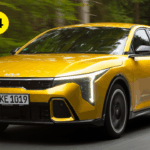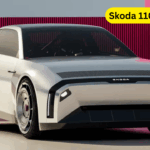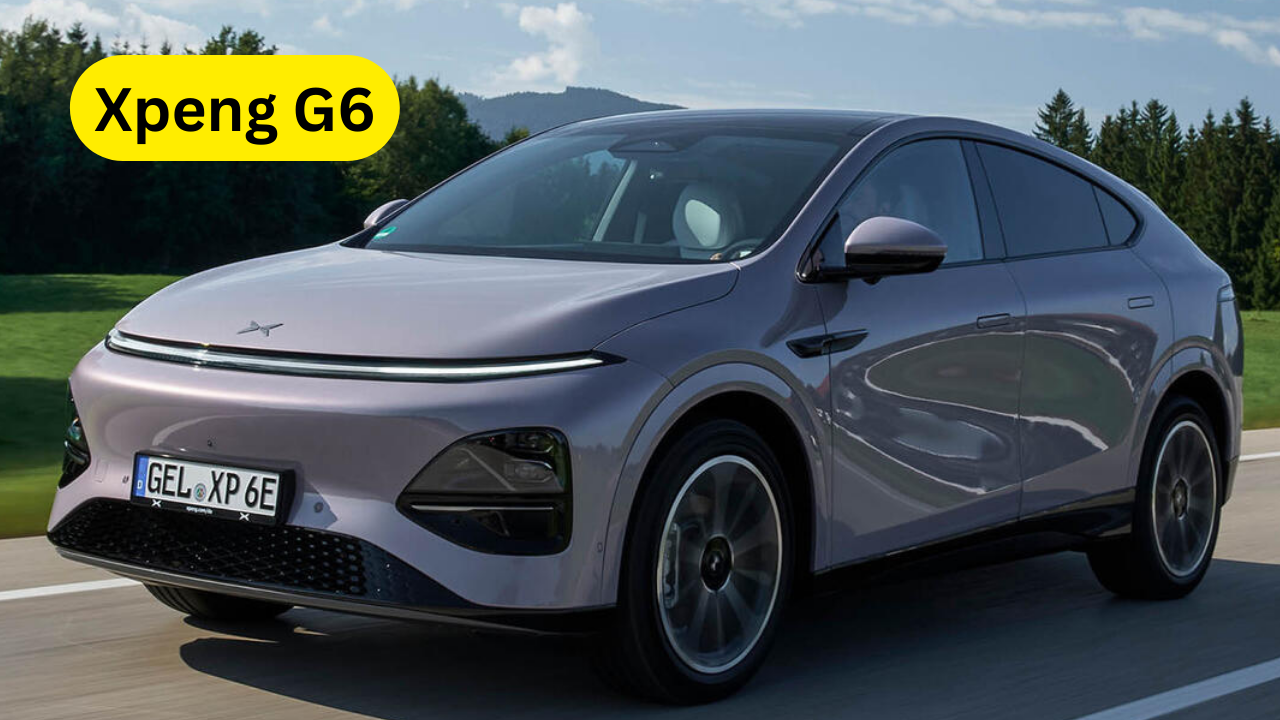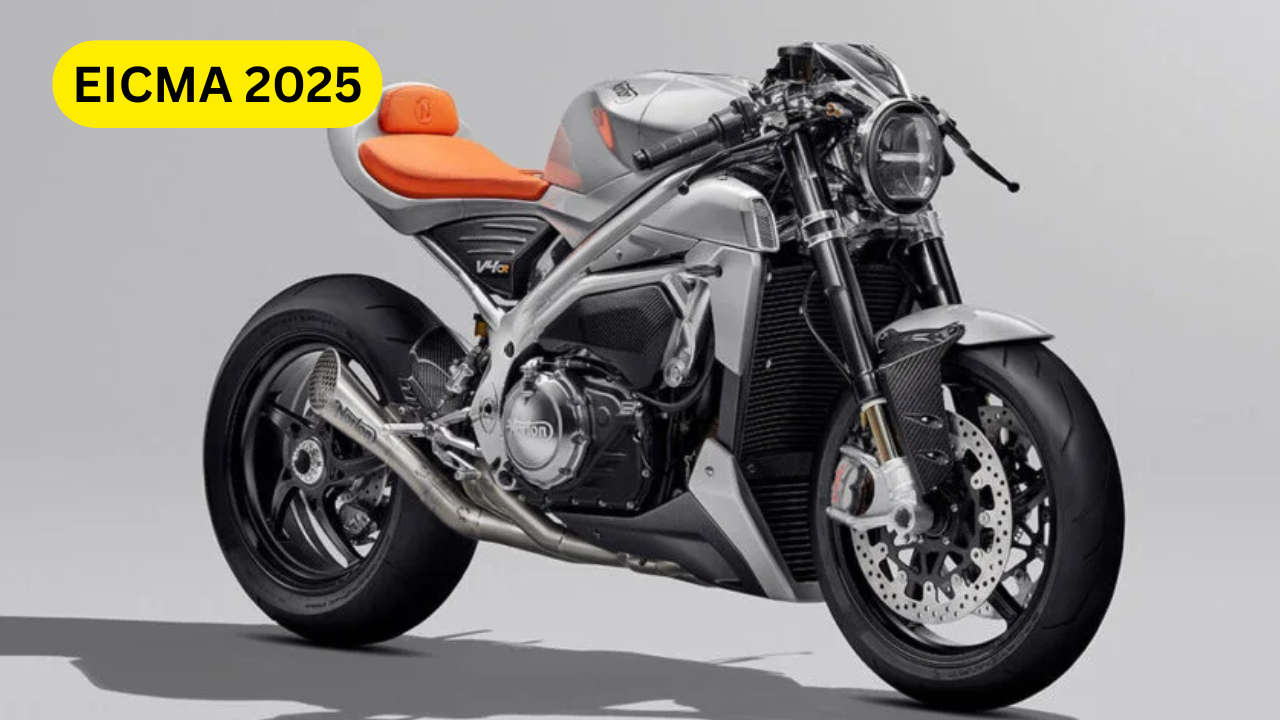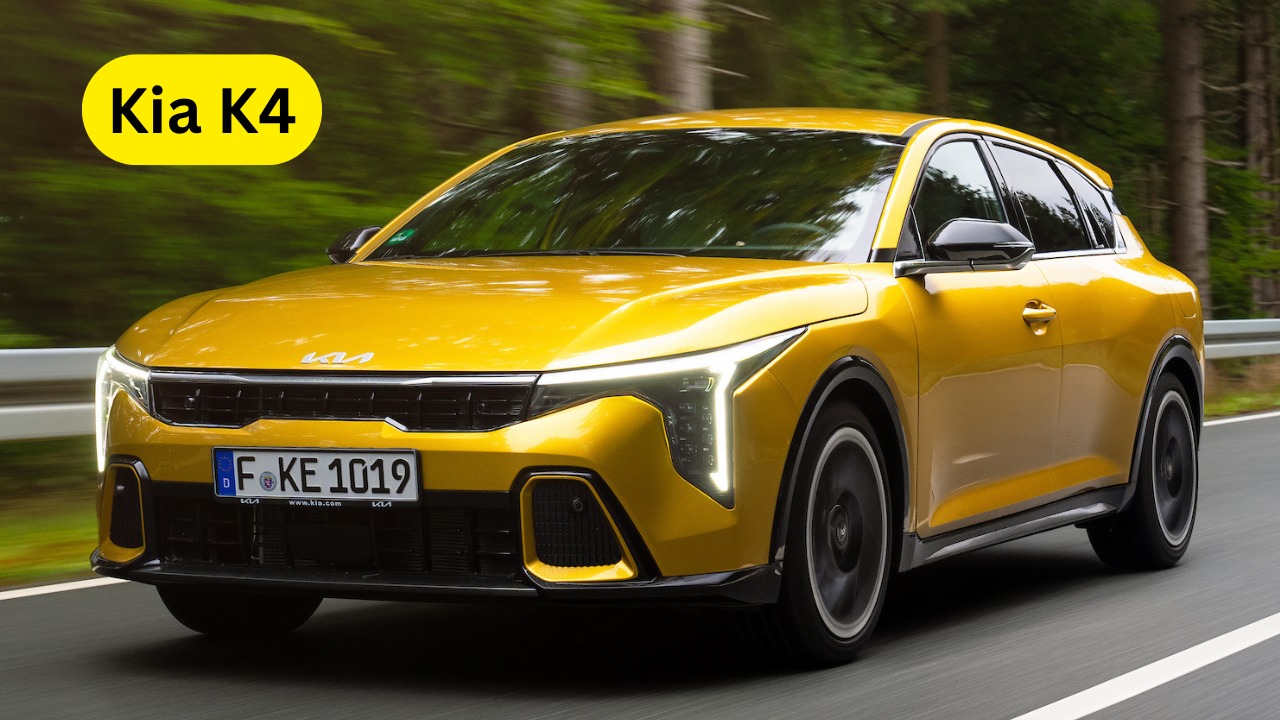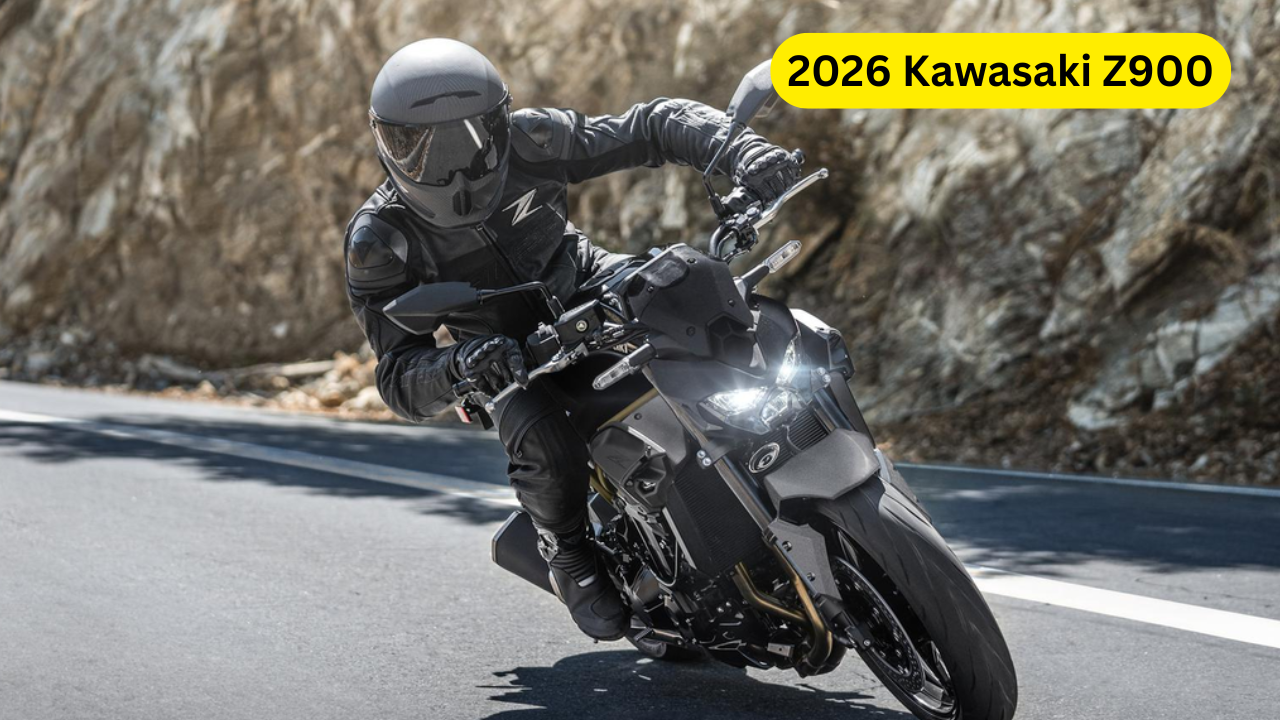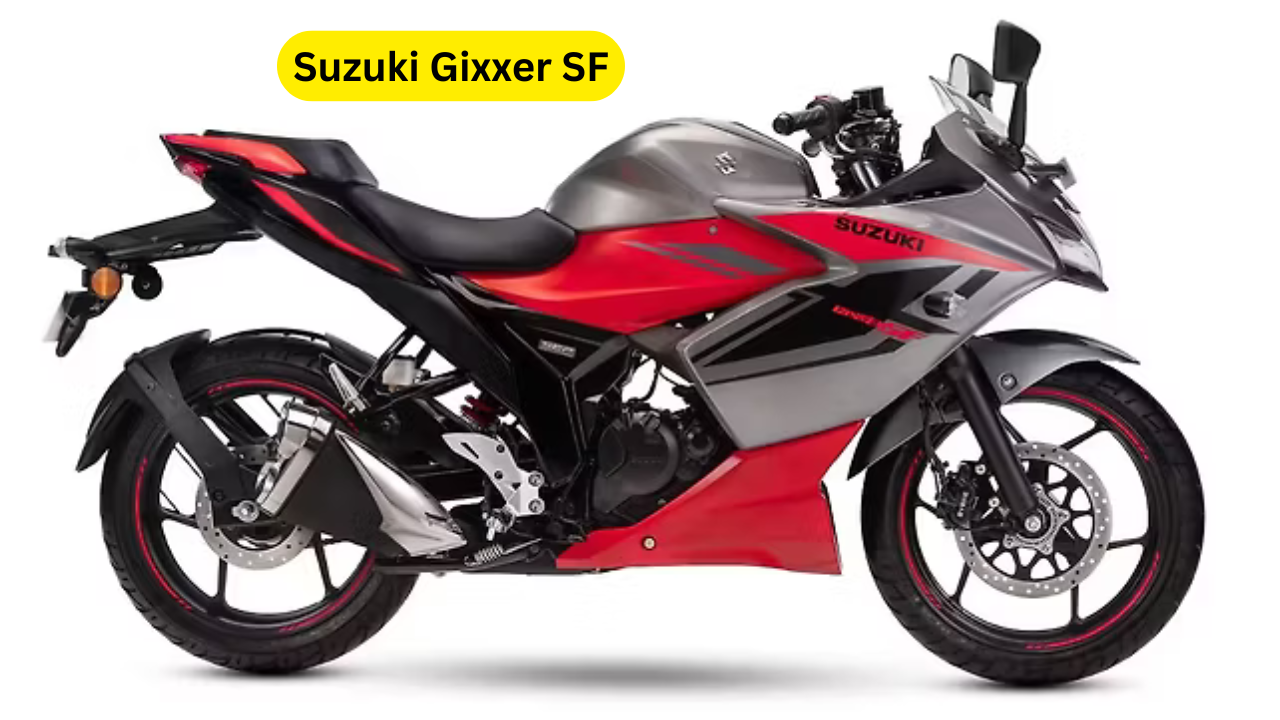Xpeng G6 Review: The global EV landscape has been rapidly transforming, with new brands emerging almost every year. Among them, Xpeng Motors has consistently stood out. Founded in 2014 by Xia Heng and He Tao, both former executives of state-owned GAC, Xpeng was created with a mission to push boundaries in automotive technology. Unlike many rivals that still lean heavily on conventional thinking, Xpeng has been bold from the beginning—setting up shop in Silicon Valley within a few years of its inception, diving deep into autonomous driving development, and going public on both the New York and Hong Kong stock exchanges.
Now, Xpeng is making waves in Europe with the Xpeng G6, a mid-sized electric SUV designed to compete against established names like the Tesla Model Y, Hyundai Ioniq 5, and Mercedes-Benz EQC. Introduced to the UK market in February 2025, the G6 is already showing updates that prove Xpeng isn’t content to rest on its laurels. With an emphasis on charging speed, smart technology, and affordability, the G6 is positioned as a compelling alternative to premium EVs.
But beyond the specs sheet, what really sets the G6 apart is its unique approach. Built on the SEPA2.0 platform, the SUV brings advanced hardware like an 800V electric architecture, a silicon-carbide power inverter, and a robust XPilot 2.5 driver-assistance system powered by Nvidia chips. This gives the G6 a forward-looking identity—though its exterior styling borrows familiar cues, its underlying tech and clever packaging highlight Xpeng’s ambition to stand tall among global EV leaders.
Specifications and Details of Xpeng G6
| Specification | Xpeng G6 (Long Range, UK model) |
|---|---|
| Platform | SEPA2.0 (aluminium + steel mixed chassis) |
| Battery | 80.8kWh LFP (Lithium Iron Phosphate) |
| Charging Speed | Up to 451kW (fastest in its class) |
| Powertrain | Single permanent-magnet motor |
| Power Output | 290bhp |
| Torque | 325lb ft |
| Architecture | 800V with silicon-carbide inverter |
| Driver Assistance | XPilot 2.5 with 29 sensors + Nvidia CPU |
| Body Type | Mid-sized SUV, coupe-inspired roofline |
| Interior Options | Black or White trim |
Battery and Charging Technology
Perhaps the biggest talking point of the updated G6 is its new 80.8kWh LFP battery. Unlike the older 87.5kWh lithium-ion unit, this pack avoids costly materials such as cobalt, manganese, and nickel, making it more sustainable and affordable. The trade-off in size is offset by vastly improved charging performance: with up to 451kW charging speed, the G6 beats every rival in its segment. This means significantly reduced downtime on long trips, a critical factor in EV adoption.
Performance and Driving Dynamics
Under the hood, or more accurately under the floor, the G6 is powered by a permanent-magnet electric motor producing 290bhp and 325lb ft of torque. While those numbers don’t make it a sports SUV, they deliver plenty of punch for city driving and motorway cruising. The 800V platform ensures better efficiency, lower heat generation, and faster charging cycles.
The mixed-metal chassis, combined with the aluminium body and stressed battery pack, gives the G6 a balanced and rigid structure. This should result in stable handling and comfort, though it remains to be seen whether it can rival the dynamic benchmark set by Tesla in this class.
Exterior Design
Xpeng describes the G6 as having a “robot face” look, with a futuristic front fascia and a new full-width LED light bar. Updates for the UK version also include a slightly reshaped rear for a more coupe-like profile, plus new colour choices. While its curving roofline and bold silhouette help distinguish it, critics note that the styling pulls heavily from Tesla and Mercedes-Benz influences, which may divide opinions.
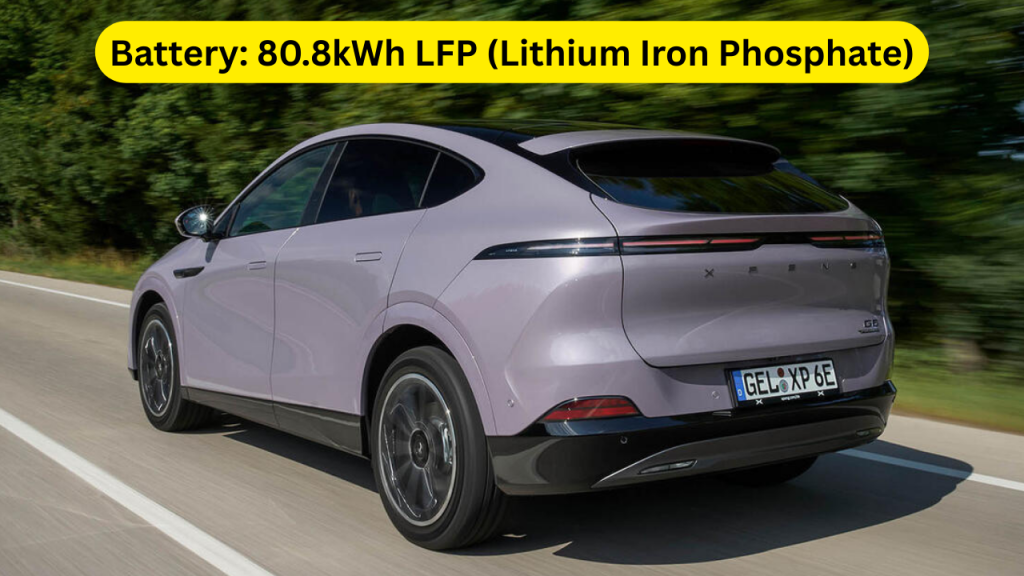
Interior and Technology
Inside, the G6 reflects Xpeng’s tech-first philosophy. The refreshed cabin introduces a digital rear-view mirror and ambient lighting, alongside minimalist trims in either black or white. The centrepiece is its infotainment system powered by XPilot 2.5, a driver assistance suite backed by 29 cameras, radar, and ultrasonic sensors.
From semi-autonomous driving capabilities to adaptive cruise and lane-keeping, the G6 positions itself as a smart SUV designed for future mobility. While some may find the interior slightly conservative compared to Hyundai’s playful Ioniq 5, the G6 prioritizes usability, clean design, and intelligent features.
Also read: Ather Redux Moto-Scooter Concept Unveiled – A Blend of Scooter and Sportbike
Value and Market Positioning
Unlike many European EVs priced at a premium, Xpeng is focused on delivering high-value cars without cutting corners. The G6’s fastest-in-class charging, large cabin space, and cutting-edge tech make it an attractive package for families and tech-savvy buyers. Its positioning suggests it will undercut many rivals while offering more equipment as standard, making it a serious contender in the EV space.
Conclusion
The Xpeng G6 is more than just another mid-sized SUV—it’s a bold statement from one of China’s most innovative EV brands.
- With its sustainable battery technology and record-breaking charging speed, the G6 answers one of the biggest concerns EV buyers have: charging downtime.
- The XPilot 2.5 system and Nvidia-powered brain underline Xpeng’s strength in AI and autonomous driving, making it a tech leader in its category.
- Design may divide opinion, with styling cues borrowed from Tesla and Mercedes, but the bold coupe-inspired roofline ensures it won’t go unnoticed.
- Above all, the G6 demonstrates Xpeng’s ability to combine value, innovation, and practicality in a way that will unsettle established players.
The G6 might not yet have the brand prestige of Tesla or Mercedes, but it is a serious contender that deserves attention from anyone considering a new EV in 2025 and beyond.
FAQs Xpeng G6 Review
1. What makes the Xpeng G6 different from rivals like Tesla Model Y or Hyundai Ioniq 5?
The G6’s standout feature is its 451kW charging speed, the fastest in its class. Combined with a sustainable LFP battery, it offers a mix of fast charging, advanced tech, and competitive pricing, making it unique in the mid-size SUV segment.
2. Does the G6 use the same battery as other EVs?
No, the G6 uses an LFP (Lithium Iron Phosphate) battery, which avoids cobalt and nickel, making it cheaper, more eco-friendly, and longer-lasting. While slightly smaller than its predecessor, it enables ultra-fast charging.
3. What is XPilot 2.5 in the Xpeng G6?
XPilot 2.5 is Xpeng’s driver assistance suite, powered by Nvidia chips. It integrates 29 sensors, cameras, radar, and ultrasonics to enable semi-autonomous driving, adaptive cruise, automatic lane changes, and advanced safety features.
4. How powerful is the Xpeng G6?
The UK Long-Range version delivers 290bhp and 325lb ft of torque, which is sufficient for brisk acceleration and confident highway driving. While not a performance SUV, it balances efficiency and usable power for daily driving.
5. Is the Xpeng G6 available in the UK and Europe?
Yes. The Xpeng G6 launched in the UK in February 2025 with the Long-Range version. A Standard Range variant is expected soon. Expansion into other European markets is already underway as Xpeng grows its global presence.

I am and writer of Bwna.in. Here I personally publish every update, review and technology news related to mobile, car, bike, read more for you – that too in easy language.


